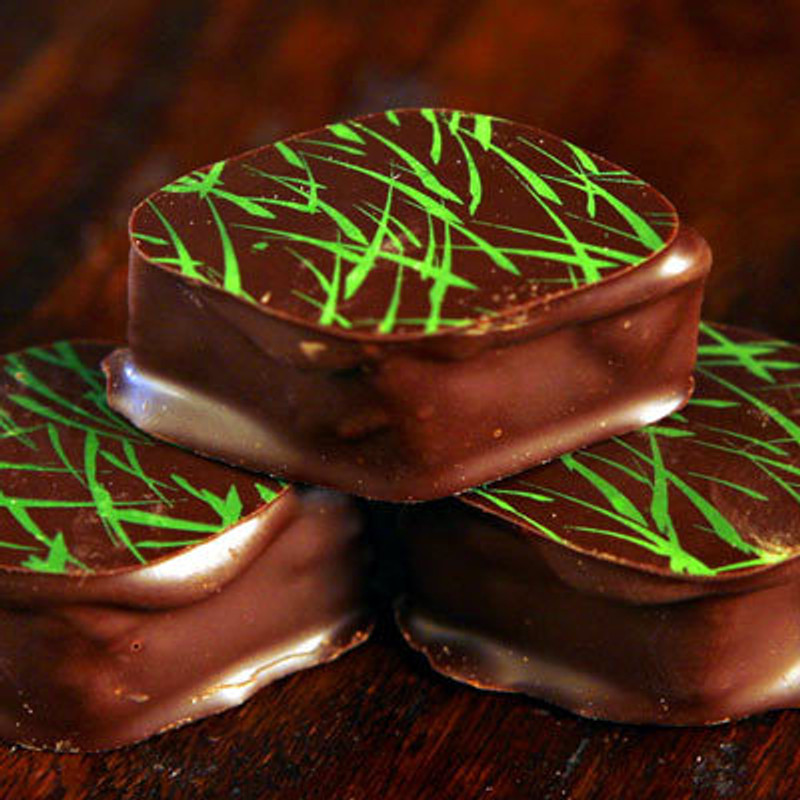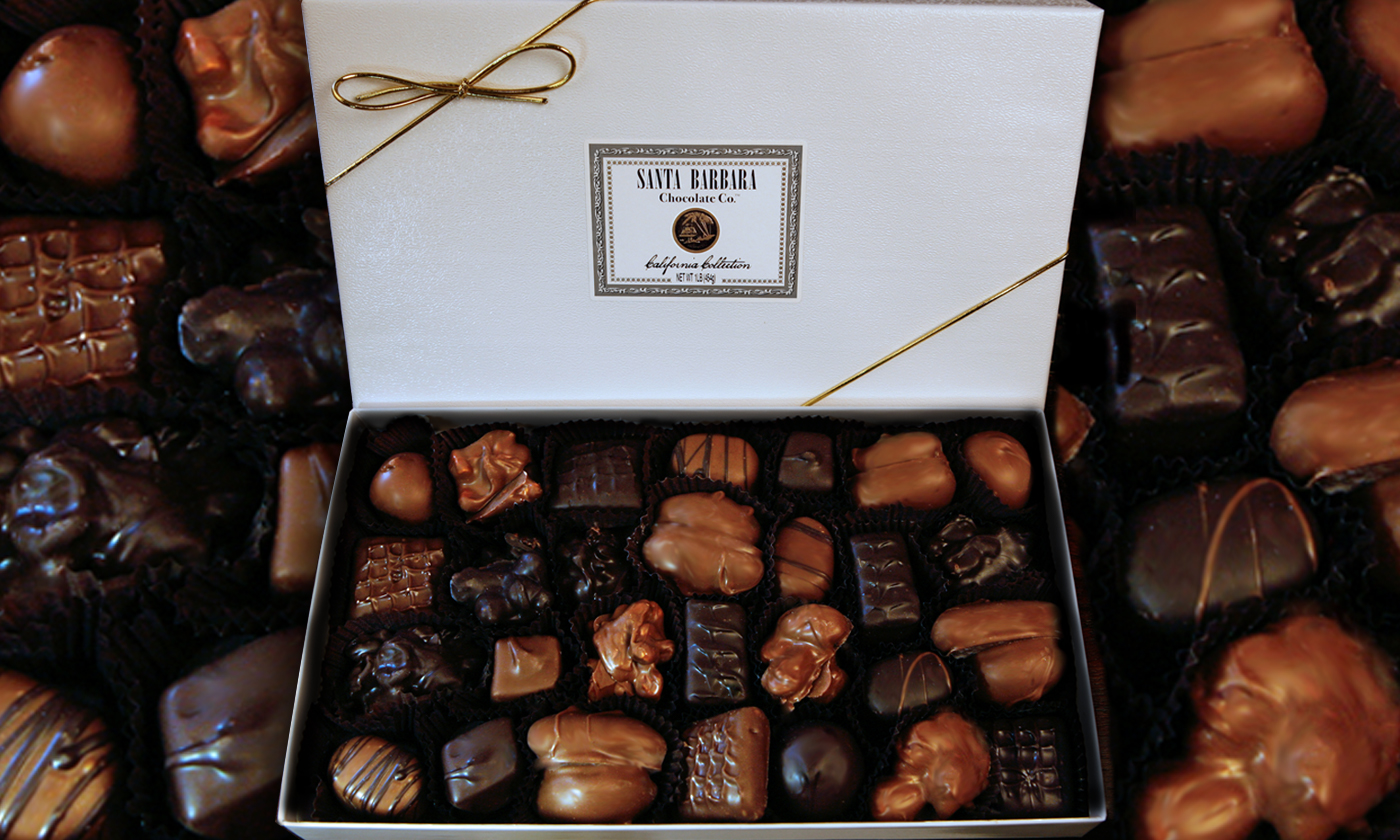How to Make Milk Chocolate
Making chocolate from cocoa beans to finished chocolate couverture is a lengthy process and requires several steps. The complexity in making chocolate from bean to bar may limit smaller chocolate factories opportunities in crafting unique chocolate varieties, a diverse range of chocolate types or in having the chocolate meet certain certifications due to equipment limitations (Pareve Chocolate versus Kosher chocolate). Most smaller chocolate factories opt to buy semi finished chocolate products to produce their chocolate couverture rather than making the chocolate from cocoa beans. An example of semi finished chocolate products are unsweetened chocolate (chocolate liquor) and cocoa powder. From these semi finished chocolate products the chocolate factory will add in their own sugar types or milk varieties to produce the chocolate couverture desired. From the chocolate couverture the finished chocolate products like truffles or chocolate cherries are made.
The main objective in chocolate formulation is to ensure a clear chocolate flavor with maximum marketability. The chocolate recipe must strike a balance between a fine tasting experience when eaten by itself and also when it is used in a chocolate recipe for a finished product. This can be tricky sometimes. The secret is in the cocoa beans. If you opt for high grade fine cocoa beans that are properly processed, the end result in pure chocolate liquor production and later chocolate couverture will be that it fits all necessary requirements.
Pure chocolate liquors, which are sold directly, are usually milled to a fine texture avoiding harsh temperatures and full roasts. The fineness is around .0007 of an inch. In your own production you may want to mill the chocolate to a finer texture but please be careful as too fine of a texture when mixed with sugar can produce a final chocolate couverture that is gummy in texture.
Below are some of our basic chocolate production formulations. This is how you would make chocolate from our semi finished chocolate items or if you want from the raw cocoa beans we sell in bulk.
Please keep in mind higher grinding of the liquor produces higher viscosity and lighter color while lower grind times will lower viscosity and darken the overall color. Additionally particle size influences flavor. it is a bit of personal opinion when formulating your chocolate, it is common that smaller particle size is a more rounded and when you reach particle sizes smaller than .0006 inches most people can't detect the particles.
If you mill your sugar to a size .0003 of an inch the chocolate will cloy. So over milling doesn't translate to finer chocolate.
Lecithin helps reduce viscosity but it is in a diminishing return. 1 oz of lecithin per 100 lbs will reduce viscosity while 2 oz will increase viscosity. Use your best judgement. Many consumers prefer the mouthfeel of chocolate with lecithin over chocolate without soy lecithin.
Did you know the first lecithin used in chocolate was made from egg yolk? Yep that is true.
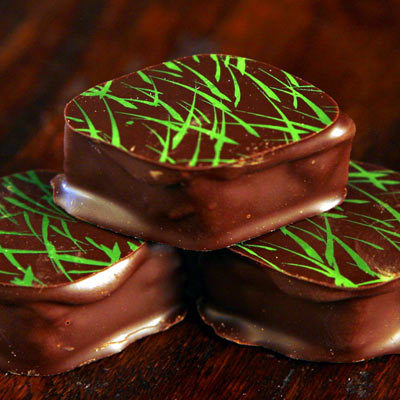
Please keep in mind couverture chocolate is chocolate with extra cocoa butter added in to help make the chocolate more easy to use in production. The extra cocoa butter helps with mouthfeel. But too much cocoa butter added to your recipes will actually hinder the chocolate eating experience. More is no better. Too much cocoa butter will create an oily mouthfeel and will reduce the overall flavor and chocolate experience. We recommend adding in only the minimum amount of cocoa butter necessary for the eating experience and additional fluidity. This is why combinations of cocoa butter and lecithin work well.
EARLY EUROPEAN CHOCOLATE RECIPE
This is a recipe from the 1800's. It is based on writings from the Aztecs - hence the name: CODEX CHOCOLATE.
10 lbs Venezuela cacao
15 lbs Trinidad cacao
25 lbs Sugar
2 oz Cinnamon
Refine paste till fluid and form into bars.
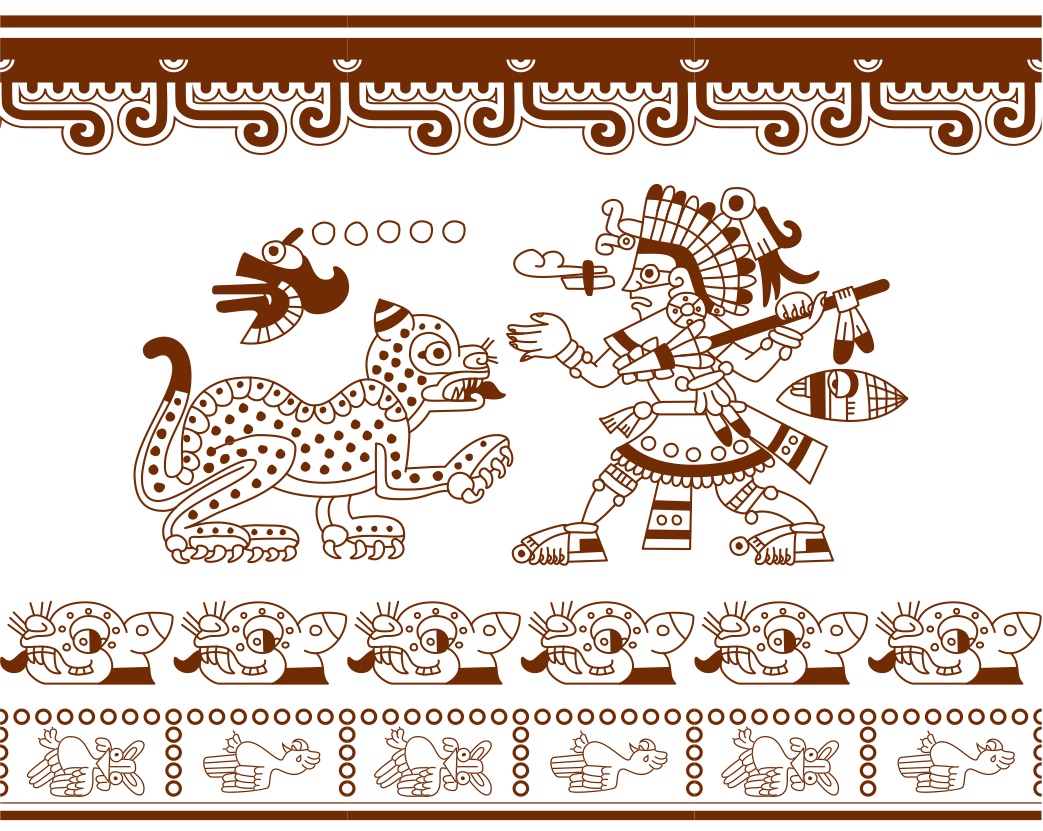
DARK CHOCOLATE COUVERTURE
Dark Chocolate is used very loosely by chocolatiers. Basically it means all non-milk chocolates. The FDA defines dark chocolate as having a minimum of 15% chocolate liquor as an ingredient. This is low and in most chocolate factories you won't see less than 50% chocolate liquor in most recipes. Typically in chocolate making and fine candy making a bittersweet chocolate (something with greater than 50% cocoa solids) will be used.
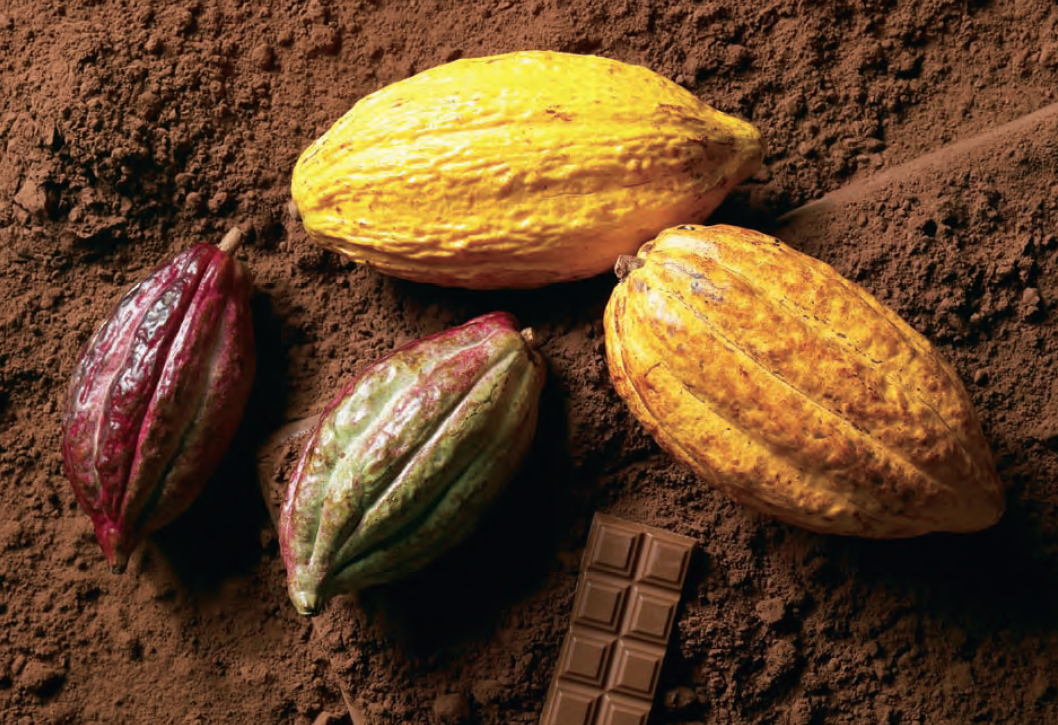
DARK CHOCOLATE COUVERTURE RECIPE (SIMILAR TO OUR BELGIAN DARK CHOCOLATE):
Chocolate Liquor: 50%
Sugar: 35.5%
Cocoa Butter: 14%
Lecithin: 0.20%
Vanilla: 0.30%
If you are using a Santa Barbara Chocolate unsweetened chocolate liquor in your recipe, please avoid further milling as it is unnecessary. Just skip this process and go straight to refining the paste.
Mill your chocolate liquor to a fineness of .0016 inch.
Refine your paste to a particle size of .0006 inch.
Conche till fluid at 150F - go medium to heavy.
Cool to 120F and offload to your tempering machines.
We recommend aging your chocolate couverture 3 months before using it in production. The aging process allows all the flavors to harmonize.
MILK CHOCOLATE COUVERTURE
When making milk chocolate, color is a critical part of production. The lightness and shade of milk chocolate is very noticeable. Especially when using the milk chocolate to make different types of truffles for an assorted chocolate box. The degree of roast of the cocoa beans in the chocolate liquor base is critical and the type of milk powder influences color and flavor significantly. We opt for lower roast cacao to maintain the antioxidant ORAC value as high as possible. We also like the flavor better.
Spray dried milk has a natural fresh milk flavor that is very clean if the proper temperatures are managed in the drying process. Spray dried milk chocolate will require a little extra cocoa butter addition to the recipe to ensure a lower viscosity.
Milk Crumb is made from condensed milk or evaporated milk and sugar. As a result you'll notice a slight caramel flavor in milk chocolate made with milk crumb.
Milk chocolate is bloom resistant because of the added milk fat. The legal milk fat minimum is 3.66% for milk chocolate to be called milk chocolate. If you ensure 20% whole milk powder in your recipe this will give you about 6% milk fat which will make your chocolate even more bloom resistant in tempering.
MILK CHOCOLATE COUVERTURE RECIPE (SIMILAR TO OUR BELGIAN MILK CHOCOLATE):
Chocolate Liquor: 14%
Whole Milk Powder: 16% - Buttermilk powder is a wonderful option and we encourage you to try it.
Sugar: 46.5%
Cocoa Butter: 23%
Lecithin: 0.30%
Vanilla: 0.20%
Chocolate liquor should be milled to a fineness of .0016 inch.
Refine all particle sizes to .0004 inch.
Conche your liquor paste to a point of fluidity. Go heavy conche at 185F continuously.
Add in extra cocoa butter slowly once all cocoa mass is fluid.
Cool to 120F before unloading to the temperer.
We recommend aging your chocolate for at least 2 months to allow all flavors to harmonize.
How do you blend different types of dark chocolate?
Blending different types of chocolate will create some of the finest and most interesting tasting dark chocolate. In fact, you can create your own custom chocolates including cocoa percentages and couvertures from scratch.
How do you create custom cocoa chocolate percentages? Blend Equal Parts
If you blend equal parts of a Dark Chocolate 72%, such as the Organic Dark Chocolate 72%, with a Milk Chocolate, you will have a Semi Sweet Dark Chocolate 52% cocoa solids with a creamy milk undertone. This chocolate has the flavor, melt and mouth feel of a classic Swiss Dark Chocolate. (72% cocoa solids + 32% cocoa solids = 104% total divided by 2 types = 52% cocoa solids in the finished chocolate). Temper this new chocolate as a milk chocolate if you are using it in molds.
How to make your own homemade dark chocolate: Use a very Dark Chocolate Bittersweet Base
Another exciting mixture is to take our very dark chocolate (the most bittersweet type 100%) as a base and create your own homemade bulk chocolate bar. This is just like how the big companies make custom blends. For example, mix 100 grams of our most bittersweet dark chocolate with 25 grams of a very fine powdered sugar and blend slowly while melting. You just created a 75% cocoa solid dark chocolate with no added vanilla, no lecithin and no fillers. Pour into parchment lined pan and refrigerate. Once set up, pop out of the mold you made. and you have your homemade dark chocolate from the very best ingredients.
Many artisan 'bean to bar' chocolate companies make their custom dark chocolates using the above methods. In fact you'll find bulk dark chocolate bars (handmade artisan bars) at local coffee shops that were made this exact method.
Crafting your own Chocolate Brand
Bean to Bar Chocolate Makers buy chocolate dark 100 from Santa Barbara Chocolate to add into their bar chocolate production. We have become the bulk chocolate source. Our customers are some of the most famous chocolate brands from around the world. Large European and American chocolate manufacturers, to small boutique chocolate shops and artisanal chocolate makers use our custom formulated dark chocolates. Consider the recommendation below from one of our chocolate partners who talk about Santa Barbara Chocolate Company as a source of premium chocolate.
Santa Barbara Chocolate has been able to carve out a niche in the United States by providing quality chocolate and developing personal relationships - just like what you are doing as an artisan chocolate brand.
Santa Barbara Chocolate offers value to your company by providing cacao paste. Our cacao paste is Fairly Traded, produced in a 9001 facility with HACCP and GMP in place and audited. Our cacao paste is formulated to our specifications by the bean blend we purchase using our network of brokers. The grind is to 32 microns and the paste is very sanitary with less then 1% cocoa husk. We offer a South American blend which comes in coins and we also offer our pride which can be purchased in bulk dark chocolate bars. We have representation with chocolate farmer and thus have first pick of cocoa beans. Our co-ops want cacao that has no slaty or over fermented or over roasted dark cacao. As a result, the roast and flavor profile of our dark cocoa paste and dark chocolates are superb.
If you consider using cocoa paste in addition to your own conching you can increase production. This is a proven process by famous bean to bar chocolate makers and dark chocolate truffle making companies. We have acted as advisors to manufacturers you likely know in incorporating this procedure. It would be a honor for Santa Barbara Chocolate Company to become your long term chocolate supplier and see your success.
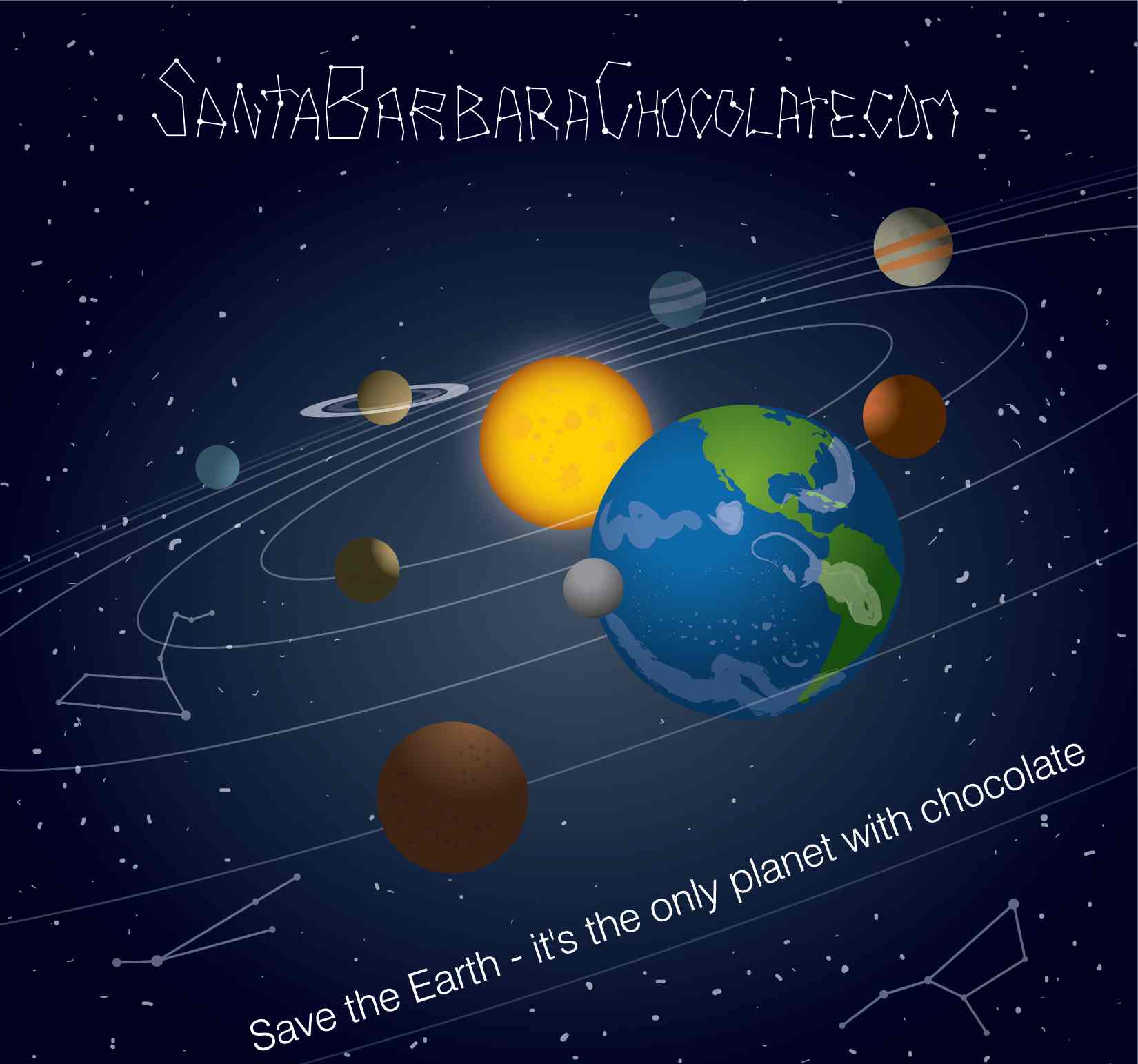
https://www.santabarbarachocolate.com/chocolatier-jason-vishnefske/

